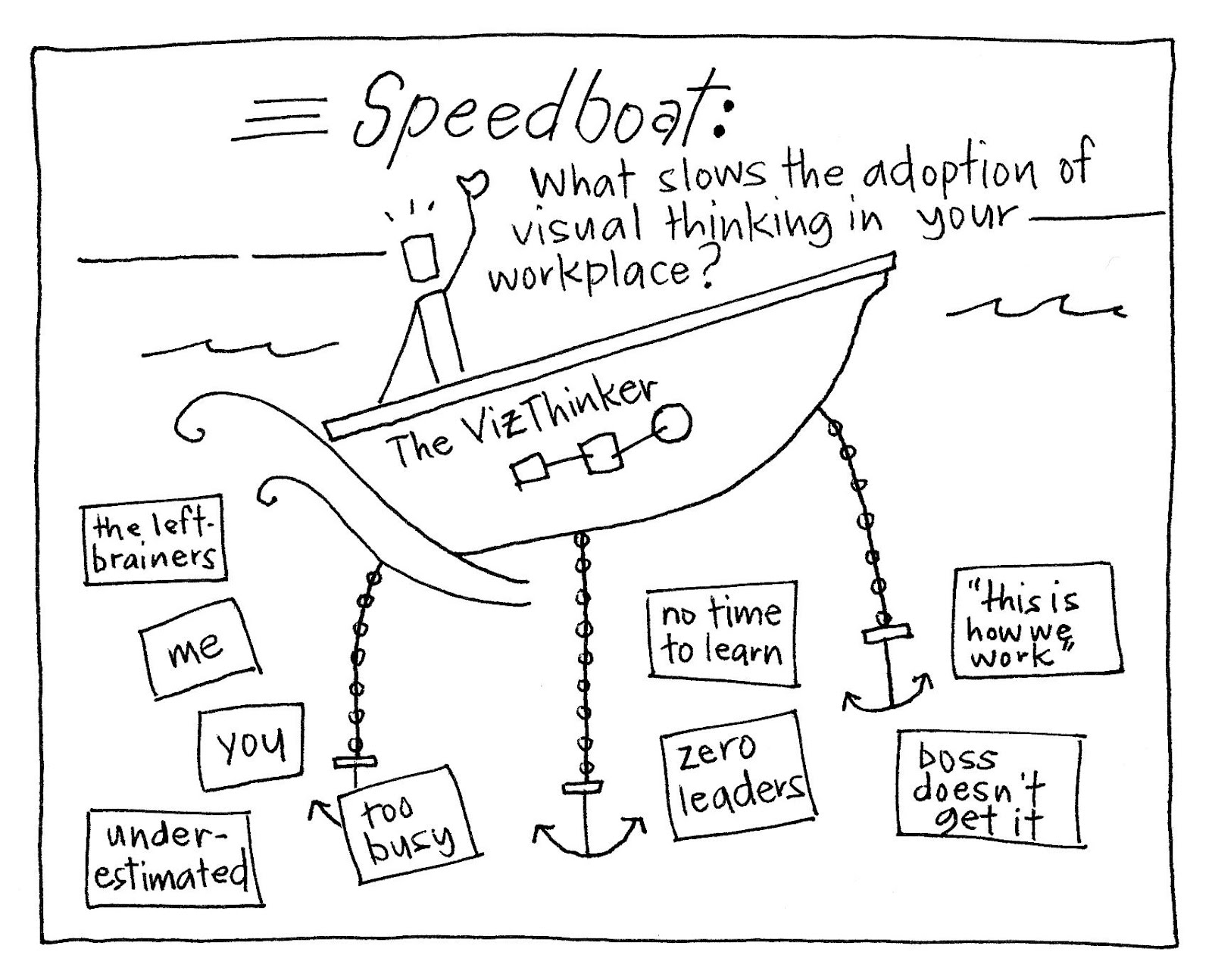

Starts with the example of divorce to illustrate the gist of the chapter.
#The anchoring of activity goffman summary free#
The construction of self identity does not float free – class and other divisions can be partially defined through differential access to opportunities for self-actualisation.Ĭhapter One – The Contours of High Modernity Yet the repression of existential questions is not complete – and life politics emerges in response.īaudrillard confuses the pervasive impact of mediated experience with the internal referentiality of the social systems of modernity – these systems become largely autonomous and determined by their own constitutive influences.

Narcissism and personal meaninglessness become the main problems of self-development – ”authenticity’ is frequently devoid of any moral anchoring. Mechanisms of shame rather than guilt come to the fore in late modernity. The overall thrust of modern institutions is to create settings of action ordered in terms of modernity’s own dynamics and severed from external criteria’ – as a result action becomes severed from existential questions. Science, technology and expertise play a more fundamental role in the ‘sequestration of experience’. The construction and control of the body becomes central. The Pure Relationship is the main type of relationship.

The influence of distant happenings on proximate events become more and more common place – the media is common place and is what binds us together in this (against hyperreality).īecause of all of the above ‘lifestyle’ becomes central – reflexively organised life planning becomes a central feature of the structuring of self-identity, which normally presumes a consideration of risks as filtered through contact with expert knowledge. Modernity makes some areas of life safer, but also opens up new risks. Risk is also central – in modernity the future is continuously drawn into the present by means of the reflexive organisation of knowledge environments.

Trust is necessary to form a protective cocoon so that we may ‘go on’ with our day to day life. In circumstances of uncertainty and multiple choice the notions of risk and trust become central. It institutionalises radical doubt – all knowledge takes the form of a hypothesis – claims which may be true are always potentially open for revision such that the self has to be continuously (re-) made amidst a puzzling array of possibilities. There has been a profound reorganisation of time and space – disembedding mechanisms change the nature of day to day social life. Late Modernity has the following characteristics: There is a basic dialectic between modern institutions which encourage the repression of ‘living out’ existential questions in day to day life and the emergence of life-politics which seeks to manifest them. The new mechanisms of self-identity shape and are shaped by the institutions of modernity and Sociology is a fundamental part of the institutional reflexivity of modernity. In modernity there is an increasing interconnection between two extremes – the global and personal dispositions (extensionality and intentionality). Modernity is more complex and interconnected than ever before and modern institutions are more dynamic than at any previous point in history – at both an institutional level and in terms of how they impact on the individual and intimate life. Introduction – An Overview of the Whole Book – Below is a summary of one of his major works – Modernity and Self-Identity (the introduction and chapter one). Anthony Giddens is one of the world’s leading sociologists and one of the main critics of Postmodern thought – and should be taught as part of the second year A level Sociology module in Theory and Methods.


 0 kommentar(er)
0 kommentar(er)
